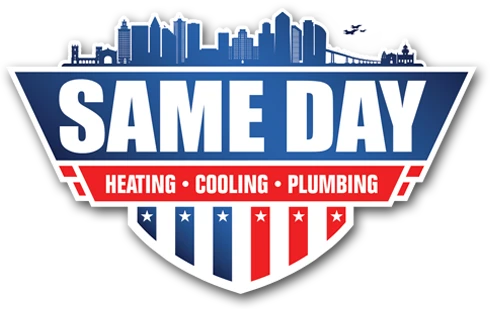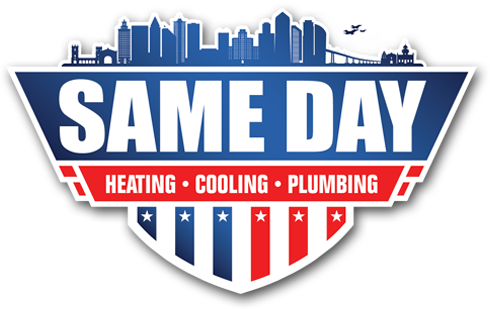How To Check Gas Manifold Pressure: A Guide
Quick Summary: This blog explains how to check and maintain the gas manifold pressure in your furnace, a key factor in ensuring safe and efficient operation. It covers the role of gas manifolds, how to use a manometer to check pressure, and the typical pressure range for natural gas furnaces. The importance of maintaining proper gas pressure, especially in two-stage furnaces, is highlighted to prevent issues like improper combustion or inconsistent heating. Regular maintenance, including checking gas valves, atmospheric pressure, and gas flow, is essential for a well-functioning furnace.
For most people, the ins and outs of a furnace are like a foreign language. Most don’t even know what a gas manifold is, let alone how to check it’s pressure, or what that even means. That is where we come in! If you are trying to find out how to check your furnace’s gas manifold pressure, read through our guide below!
What Is a Gas Manifold?
In a furnace, the gas manifolds connect the valve of the system to the main burners. The spuds, as they are commonly referred to, are how the manifolds connect to the burners. They are typically made of brass with ranging sizes of holes drilled into them. Depending on the type of fuel you use, and how much gas is sent to the burners, the size of the holes in the spuds will change. It is important that the pressure of the manifolds is set properly according to the instructions.
How Do I Know if My Manifold Pressure is Set Properly?
In order to check your gas manifold pressure, you are going to want to use a device known as a manometer. You can pick one of these up at places like Home Depot, and the device will help you get an accurate reading of what your pressure looks like. You will also need some more materials that we have listed below.
What You Will Need:
- Manometer
- Barbed Fitting
- 3/16 Allen Key
- Plastic Tubing
First, you will want to tap into the manifold outlet using your 3/16 Allen Key. Don’t be confused with the inlet tap which is for the gas line connected to the building. Next, take the threaded end of the barbed fitting and screw it into the gas valve. Then, insert tubing over the barbed fitting. Finally, use the positive pressure port on the manometer to get the reading of your manifold pressure. Compare the number that the device displays to what your system requires.
What Is the Typical Manifold Gas Pressure for A Natural Gas Furnace?
While every furnace is different, most require a manifold gas pressure of around 3”WC (inches of water column). If your system is set between 3.2 and 3.7”WC, you should likely be all set.
Why Proper Gas Pressure Matters for Efficiency and Safety
When checking the gas manifold pressure of your furnace, it’s crucial to understand that improper gas pressure can lead to system inefficiencies or even dangerous conditions. For example, if the pressure is too high or too low, the burners may not ignite properly, resulting in delayed or incomplete combustion. This can cause issues with gas appliances and lead to inconsistent temperature rise in your home. Maintaining proper pressure ensures that your furnace operates within the acceptable range specified by the manufacturer, and this is where a gas pressure gauge becomes an essential tool.
For those using a two-stage furnace, it’s important to note that gas pressure fluctuates between high and low fire modes. During the initial stage, or low fire, the pressure on gas valves is lower to allow the system to maintain efficiency. As the demand for heat increases, the pressure rises in the second stage, providing more heat energy. The pressure during ignition is also key, and adjustments might be needed using the adjustment screw on the gas valve. Always consult with your gas supplier to confirm that the actual gas pressure supplied to your home matches the furnace’s requirements. This can be monitored by recording the gas pressure using the pressure connection port or pressure tap.
In addition, factors like atmospheric pressure and the cubic feet of gas flowing through the gas meter affect how well your furnace operates. To avoid issues related to gas flow, checking your gas valves and manifold pressure should be part of routine maintenance, ensuring your furnace runs efficiently and safely throughout the year.
Overall, it is important to be aware of the gas manifold pressure of your system. One great way to stay on top of it is through an annual furnace tune-up. This will keep your system running smoothly for years to come. If you have any questions about your furnace or HVAC in general, feel free to visit us today! Any of our certified HVAC professionals will be happy to help you out.

